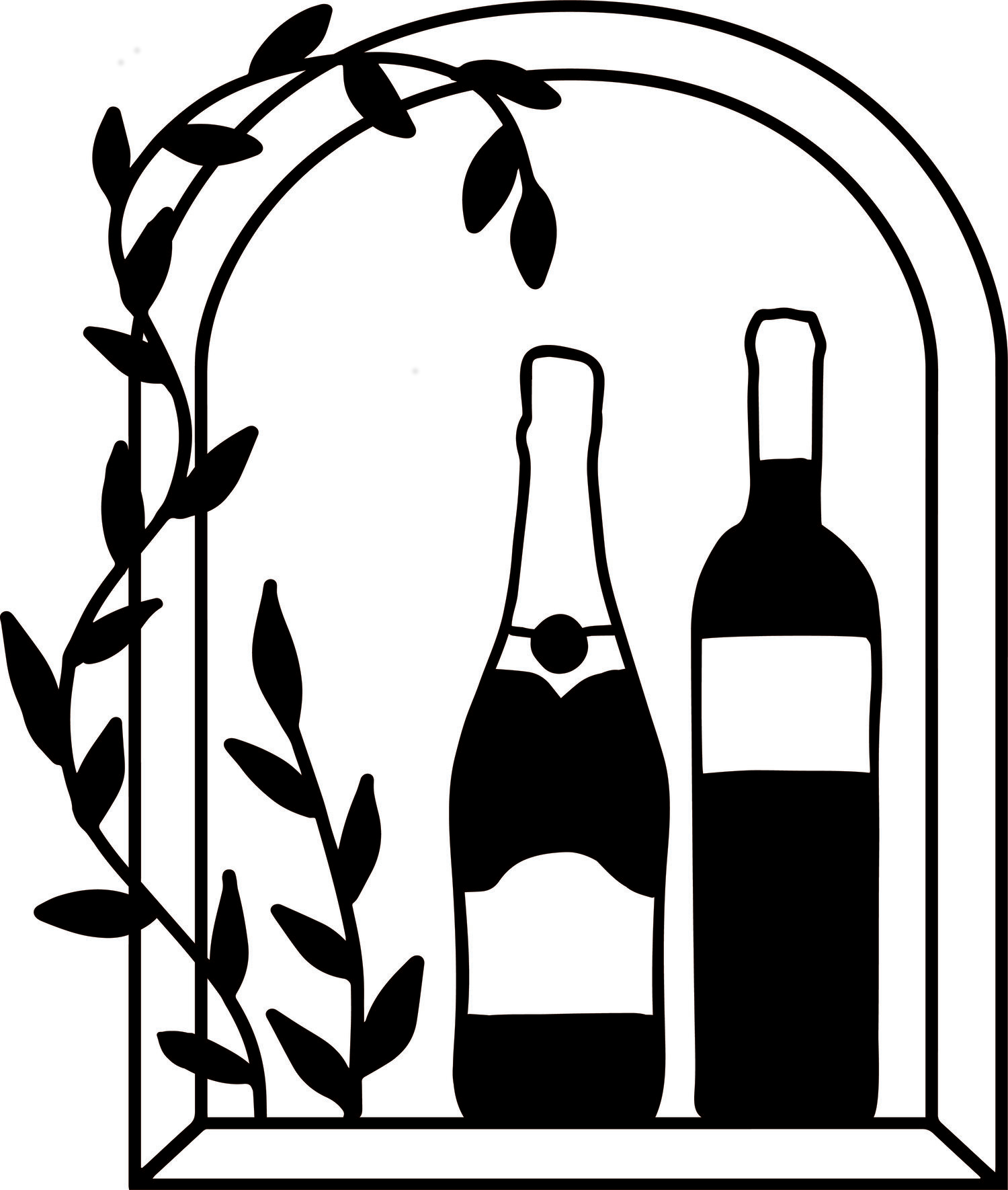La Grange aux Belles ‘53’
We all have these moments in life - ephanies or realizations - whatever you want to call it, we all have them and no matter what you do with it, it’s there staring at you. One of mine came when I was absolutely miserable at my “real-life-I went-to-college-for-this” work and it just wasn’t worth it to me. I quit.
When Marc Houtin had one of those moments, he knew he had to get the F out of the industry he was in. So in 2001, Marc quit his job & enrolled in winemaking school. He began to meet up with some winemakers whose wine he had previously enjoyedl. Meeting Didier from Domaine Leon Barral was a game-changer and remains a beacon - a reference for how pure & beautiful natural wine can be.
Although at the time everyone was buying in Languedoc, Marc & his partner are from Anjou….maybe it was another one of those moments —- time to go home.
So in 2004, they took a chance and bought 9.5 hectares (about 23 acres) and La Grange aux Belles was born. He began converting, refusing to make wine from the grapes that were pesticide/ herbicide ridden vines. As the vines were transitioning to biodynamics, Julian Brestau joined. Together they continued the arduous task of fully converting the estate to biodynamics.
Difficult years came - hard frost in the worst time for a plant then a super destructive mildew - I mean this is the kinda stuff that can be catastrophic for a small farmer. So Marc and Julian looked to old friends who had the same dream and they weathered it - community helps! Remi Fournier and Gerald Peau joined the team - long story short, La Grange aux Belles has blossomed into what it is today. And since those first trying years, they have found and purchased more plots, planted more vines - of course, soil health has drastically improved. With just over 15 hectares, Cabernet Franc, Cabernet Sauvignon, Pineau d’Aunis, Gamay, Grolleau, Sauvignon Blanc, and Chenin Blanc are thriving as part of an ecosystem.
The soils here are mostly black schist and a bit of silt and clay. The vineyards have little to no topsoil and there’s very little rain here, which adds to the vines’ stress. Like all hardship, stress is necessary! It makes the vines work hard and build resilience.
Which leads me to the ever so lovely and utterly delicious ’53’ - made from one of my fav grapes - Cabernet Franc (do I say that about all these wines? I guess they are called wine crushes for a reason!)
Planted in 1953 (hence the name), these grapes are manually and painstakingly sorted, resorted and then de-stemmed. Macerated in concrete vats for 6 to 8 days while undergoing fermentation. This shorter time with the skins lends to lighter bodied, aromatic wines that have less tannins - pretty different stylistically to what you normally see in the area. Black cassis, wild huckleberries and blackberry dominate with hints of nootka rose. Bolstered by glorious spice notes and mouth-watering acidity, this baby is hitting all the notes!
Absolutely capable of age but made in very small amounts so your call on drink now and/or age.
Also means very short supply (particularly on the west coast) so get it while you can!

